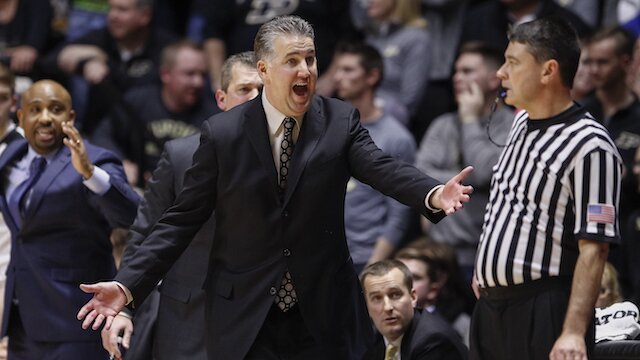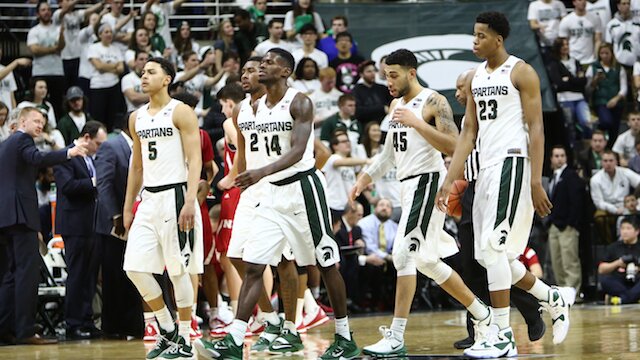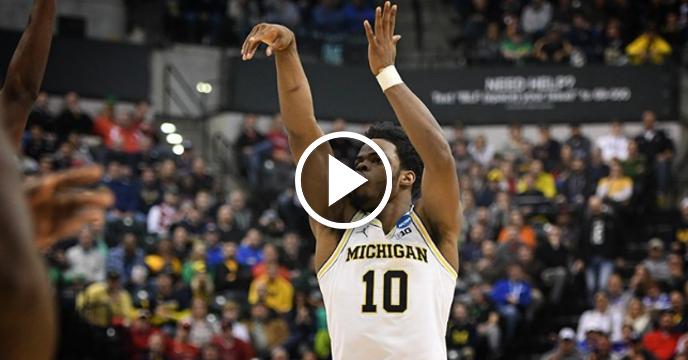
As fans, we always want more from players statistically . We want them to score more points, get more rebounds and dish out more assists, etc. Bigger numbers are obviously better, as scoring 30 points per game is more helpful in winning than scoring 20. That is just embedded in our sports minds, the idea that more is always better.
Therefore, Kobe Bryant scoring 34 points in a game last week, and the resulting sentiment of how great of a scorer he is may not have been fully just. Bryant had accomplished this on 16-41 from the field, including 2-8 from three. That was a horribly inefficient game by Bryant, scoring 34 points on 41 shots, with no free throws. Now, it could be argued that if Bryant had scored 20 points on 7-12, with two threes and four free throws, that it was a better performance. Why? Because in basketball, efficiency is actually much more important than gross statistics.
That is why Michigan point guard Trey Burke’s season has been so impressive. Burke is averaging 17.4 ppg, 7.1 apg and 3.2 rpg, this year. Those numbers are all substantially up from last season. That shows improvement, but his efficiency numbers are what really improved the most. Burke has become much more efficient on offense, and one of the best players in the country.
His Player Efficiency Rating (PER), a statistic created by John Hollinger, that measures a player’s performance by per-minute, is 30.1. To put that in perspective, since 2009-10, in all division 1 players, Burke would rank 32nd. He would be one spot ahead of Evan Turner’s 2009-10 season, where Turner won every player of the year award. That is pretty good company. In even more specific context, in Burke’s Big Ten Freshman of the Year season, last year, he had a PER of just 19.4.
Another good statistic to look at, especially for point guards, is assist to turnover ratio (A/T). Burke has a 3.5 A/T, which is second in the Big Ten. It is also doubled from last year’s 1.7 A/T, which put him way down at 17th in the Big Ten. Burke has learned to know what he is going to do next in a situation, instead of improvising like he did in his freshman year. When he puts his head down to drive, he sees both the scoring options and the weapons on the wing he can pass to. This has kept him more in control with the ball, and in turn more efficient with it.
Finally, when Burke does decide to shoot the ball, he is doing that much more efficiently this year compared to last. His effective FG%, which accounts for three point shots, is up to 58%, from 50.2% last season. He has become both a better shooter, and a shooter with better selection in his sophomore season.
In fewer minutes, Burke is putting up higher numbers this season. This is due to his improved efficiency. Burke is caring for the ball more and taking and making better shots. As a result, he is a better all-around player from last season, and carrying the no. 2 team in the country.
 Share
Share 











